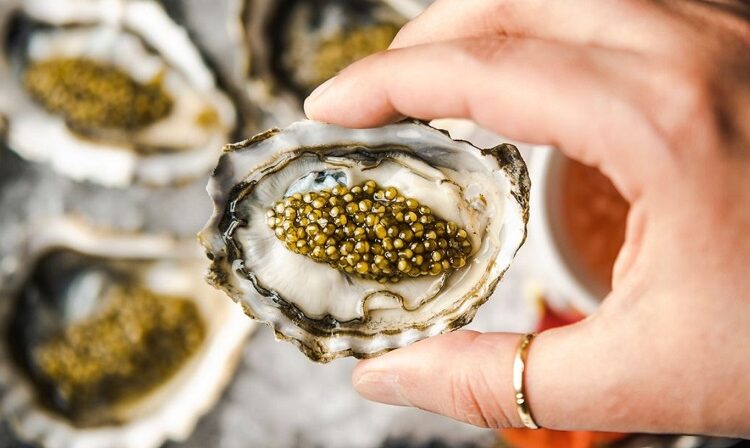
The flavor and reputation of caviar make it the height of elegance and sophistication. Caviar novices may find grading frightening. Understanding these classes is essential to buying this expensive food because they determine quality, flavor, and price. This tutorial deciphers caviar grading and how it might help you Buy Caviar Online By CaviarLover.
The Two-Tier Grading System
Caviar has traditionally two grades: Grade 1 and Grade 2. Caviar quality and pricing depend on many criteria for each grade. Grade 1 caviar is best. It stands out with its huge, hard, round eggs of constant color and texture. Grade 1 caviar tastes buttery and lingers. Grade prices target the most discerning buyers. Although high-quality, Grade 2 caviar is inferior to Grade 1. Eggs can be softer, smaller, or inconsistent. Although less rich than Grade 1 caviar, it is nonetheless delicious. This grade is suitable for individuals who desire high-quality products at a lower price.
Factors That Influence Caviar Grades
Several factors determine caviar’s grade, which impacts quality and appeal. Bigger eggs are worth more. Beluga sturgeon lay larger eggs, hence size is generally associated to species. Caviar enthusiasts must consider egg size for texture and taste. Color matters; lighter, transparent eggs are best. Golden osetra and caviar are rare and beautiful, making them delicacies. Some favor darker caviar like Siberian sturgeon or sevruga.
Good caviar has texture. Eggs should be tender enough to eat. Mushy caviar is very low-quality. Caviar flavor may be the most subjective. Creamy, buttery luxury caviar is neither salty nor fishy. Good caviar has varied flavors and richness.
How Species Affect Quality and Price
Caviar quality and pricing depend on the sturgeon. Sturgeon species generate roe with distinct qualities that affect grade. The gold standard is Beluga caviar, with its creamy flavor and huge, delicate eggs. The rarity and long maturation make beluga sturgeon caviar pricey.
Osetra caviar, with medium to large eggs and nutty, buttery flavor, is another luxury. It makes any dish appetizing with its amber or golden tones.
Sevruga caviar is salty due to its smaller, darker eggs. Caviar aficionados prefer it over beluga or osetra since it’s cheaper and more available.
Cheaper yet equally excellent American paddlefish and Siberian sturgeon caviar. They are less prestigious than beluga or osetra but offer an affordable caviar introduction.
Grade-Based Flavor Profiles Caviar grades affect price, appearance, and taste. Grade 1 caviar is delicate and buttery, nutty, or creamy. The appropriate salinity balance enhances these nuances and roe flavor. Although exquisite, grade 2 caviar may taste brinier or less subtle. People who like stronger flavors or who want to use caviar in recipes that hide its complexity will like it. Your tastes and the product’s purpose should guide your caviar selection. High-quality caviar is delicious alone, while lower-quality varieties enhance pasta, salads, and appetizers.

